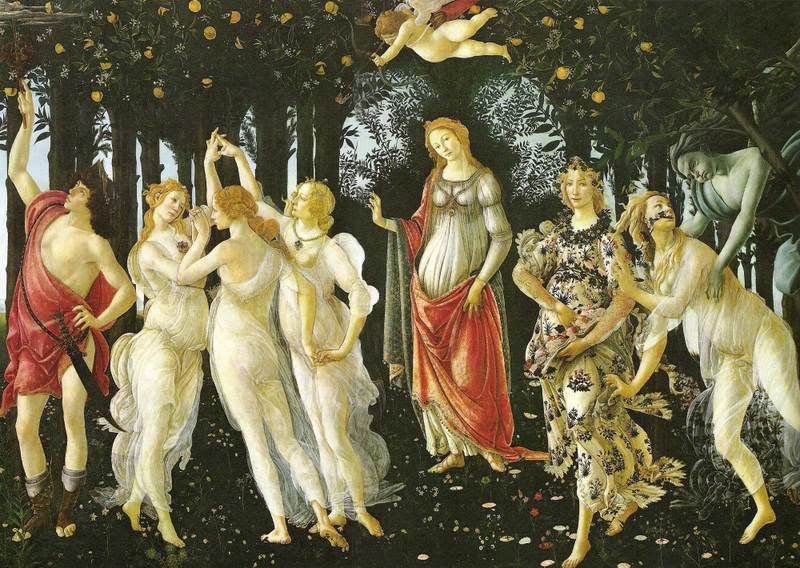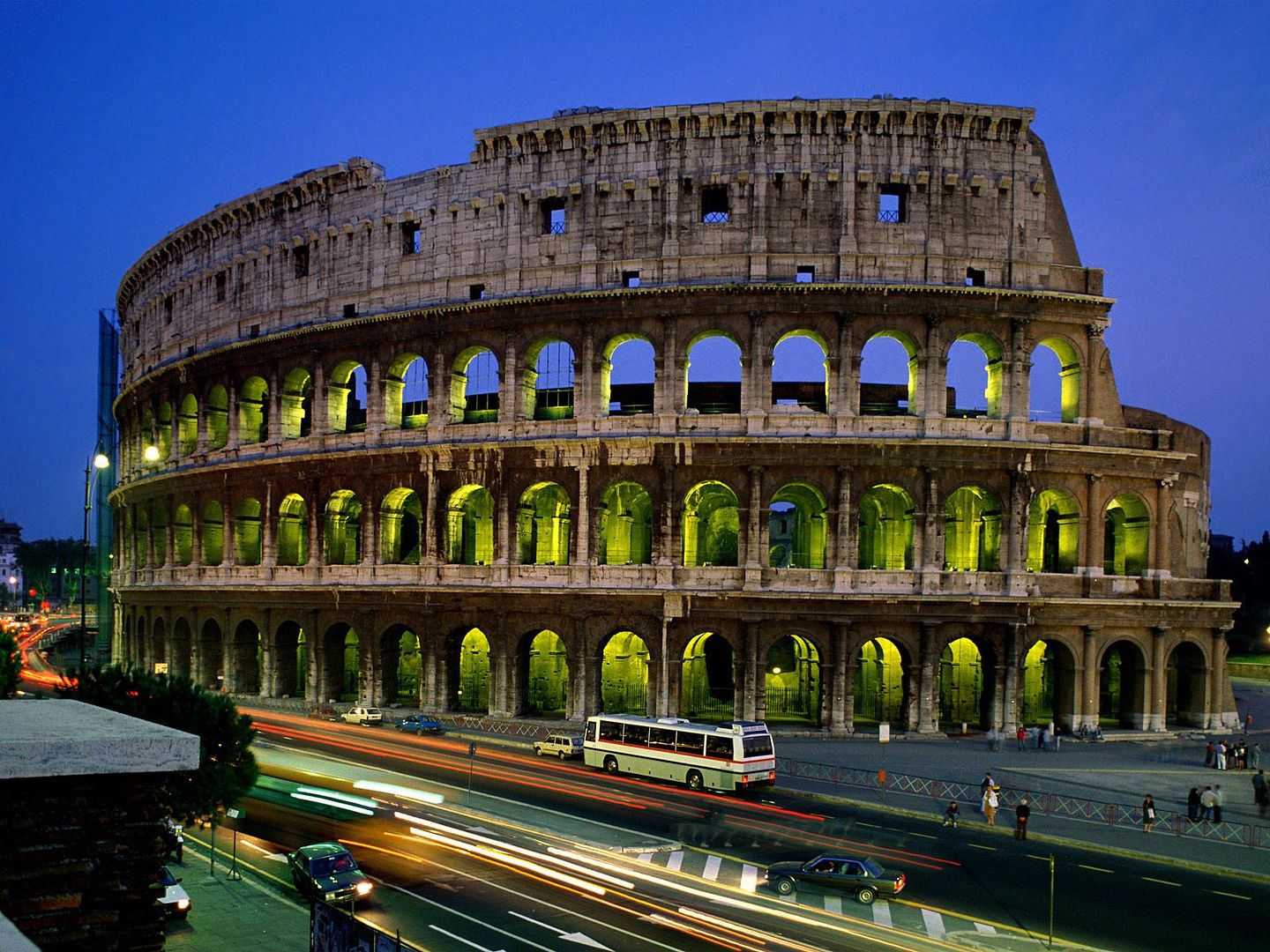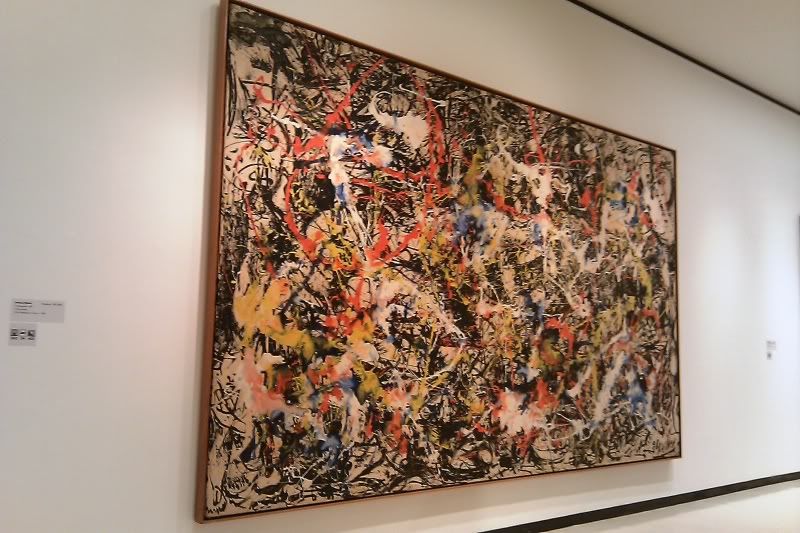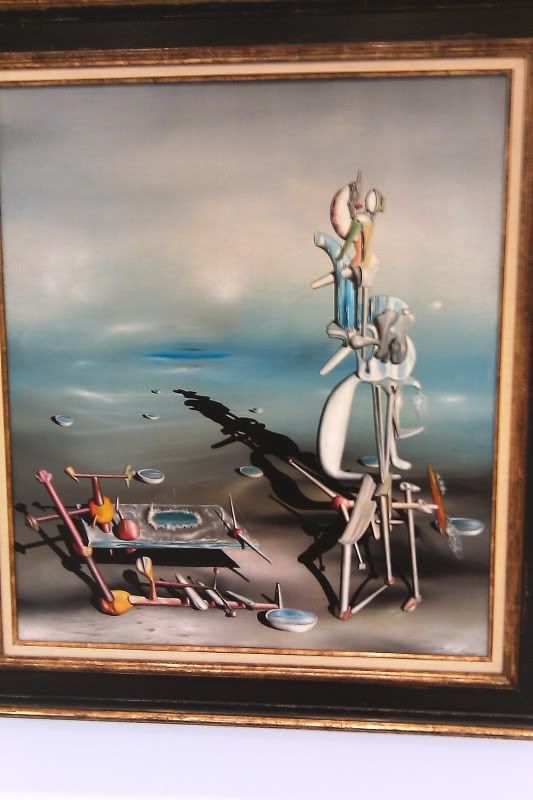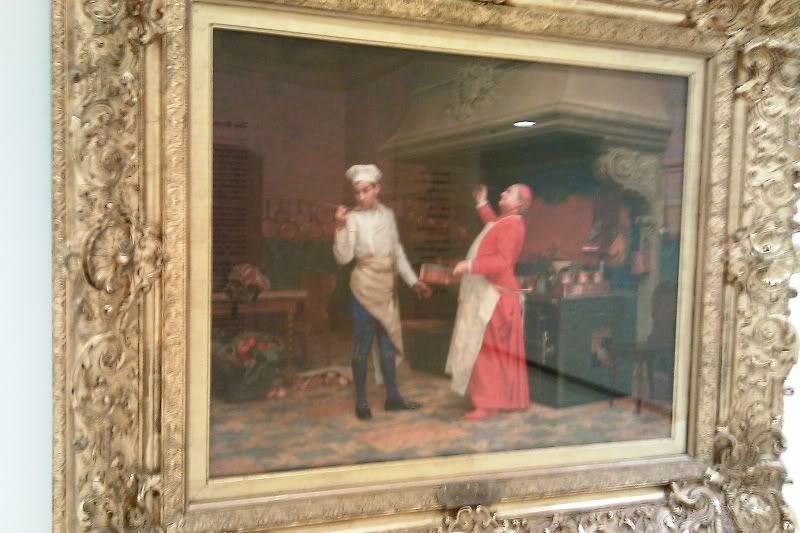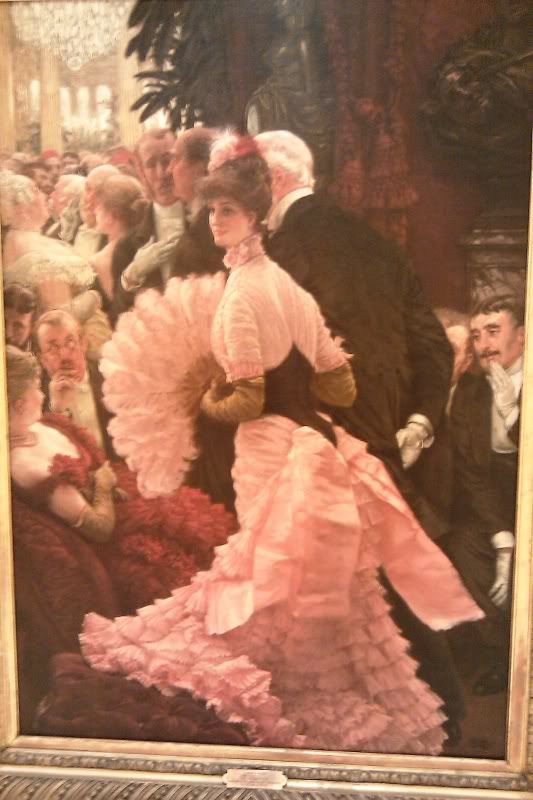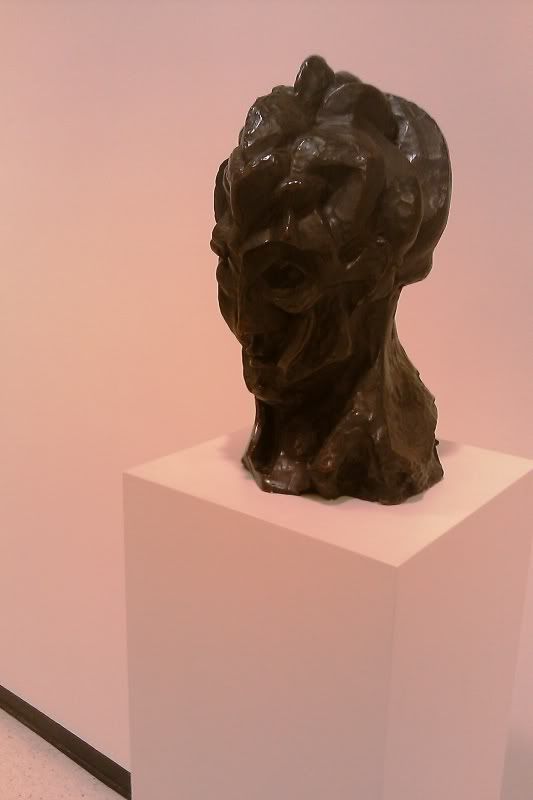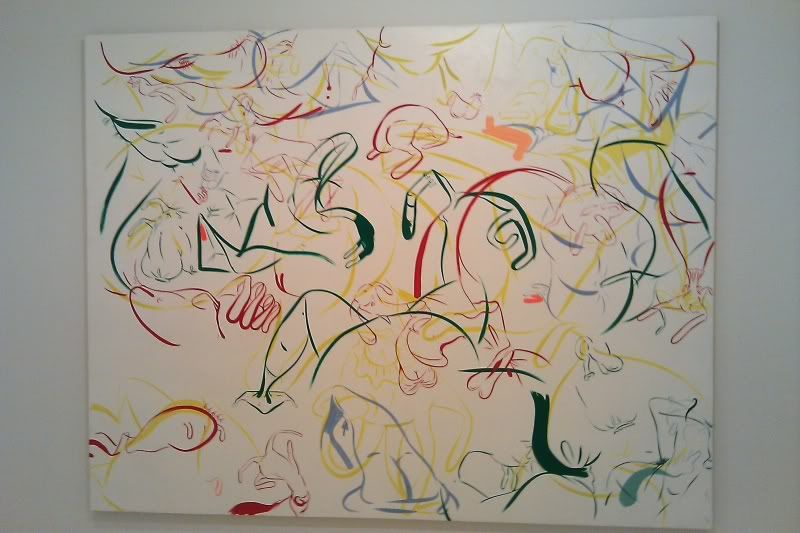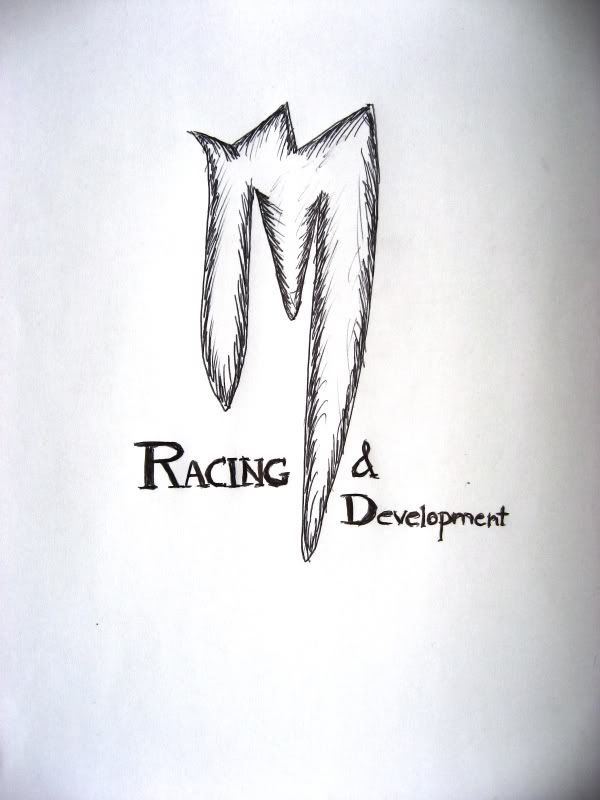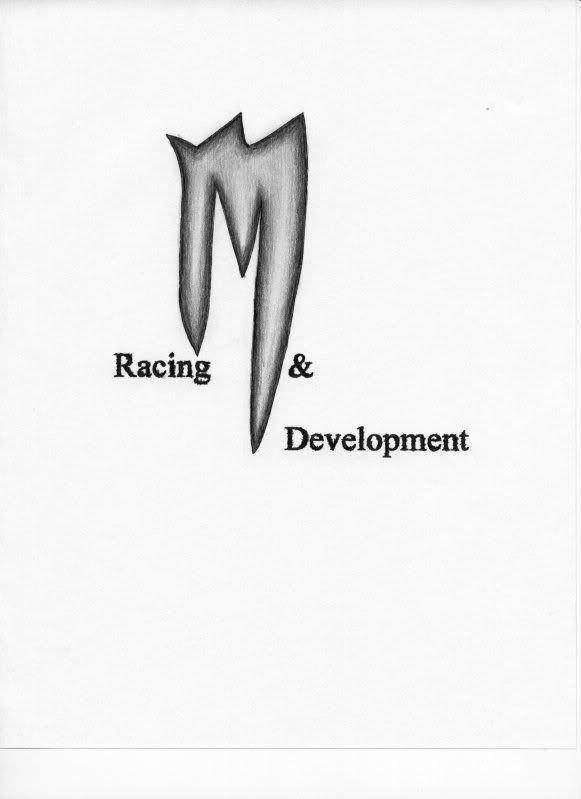1. Explain why you selected each of the three videos you choose from the selection listed above.
I selected the video on the Greeks because I find their obsession with the human form and its perfection fascinating.
I believe the body is beautiful, and we should work hard to take care of it, like we take care of our homes, cars, bills, and etc.
I am fascinated with gothic structures I think they’re beautiful and eerie at the same time.
I also think the Egyptians were an amazing culture, and they had some great ideals and culture.
Their art is elegant and mysterious.
2. For each video list/discuss the key concepts you learned.
In “More Human than Human,” I learned the Egyptians always drew their figures from the clearest angle, and their style was unchanged for 3000 years.
Like others and today’s depiction of figures, they’re all unrealistic, resembling exaggerate features.
They did this because their culture was of consistency and this was something their culture had been built on.
In “Cataclysm: The Black Death Visits Tuscany,” the people portray god as a very vengeful god, and the Old Testament is focused on.
The Plague is seen as punishment and churches and mosaics give homage to God and portray forgiveness for faithfulness.
The way into Heaven comes by goodwill and faithfulness, whereas those who didn’t were going to hell.
“The Measure of All Things: Greek Art and the Human Figure,” I found, like in the book the Greeks were obsessed with each other’s bodies and their perfection. They all worked out and strived for perfection, and would analyze each other to achieve this. The Greeks focused on realism, movement, shape, and 3 dimensional arts. They wanted to give their art a soul, as if they were real, as if they could actually start moving.
“Playlist: Late Gothic Art and Architecture: England, 1400-1547,” I learned Gothic Art was sophisticated and meant to out do the others, and create something more lavish and beautiful. This gave the churches an image of power and divinity.
3. How do the videos relate to the readings in the text?
The videos related to the text and expanded on the readings.
The Greeks love for beauty was sown in more detail and the historians account for them gave new understanding of the depth of their obsession with the human form.
I liked the additional visuals on the gothic period, and the better understanding of religion’s darker side during the Black Plague.
4. What is your opinion of the films? How do they add depth to understanding of the readings and art concepts?
The films definitely add more depth of the text.
It expands on the research and the different views of other people.
They are intellectually stimulating and add to the readings.



